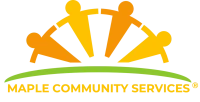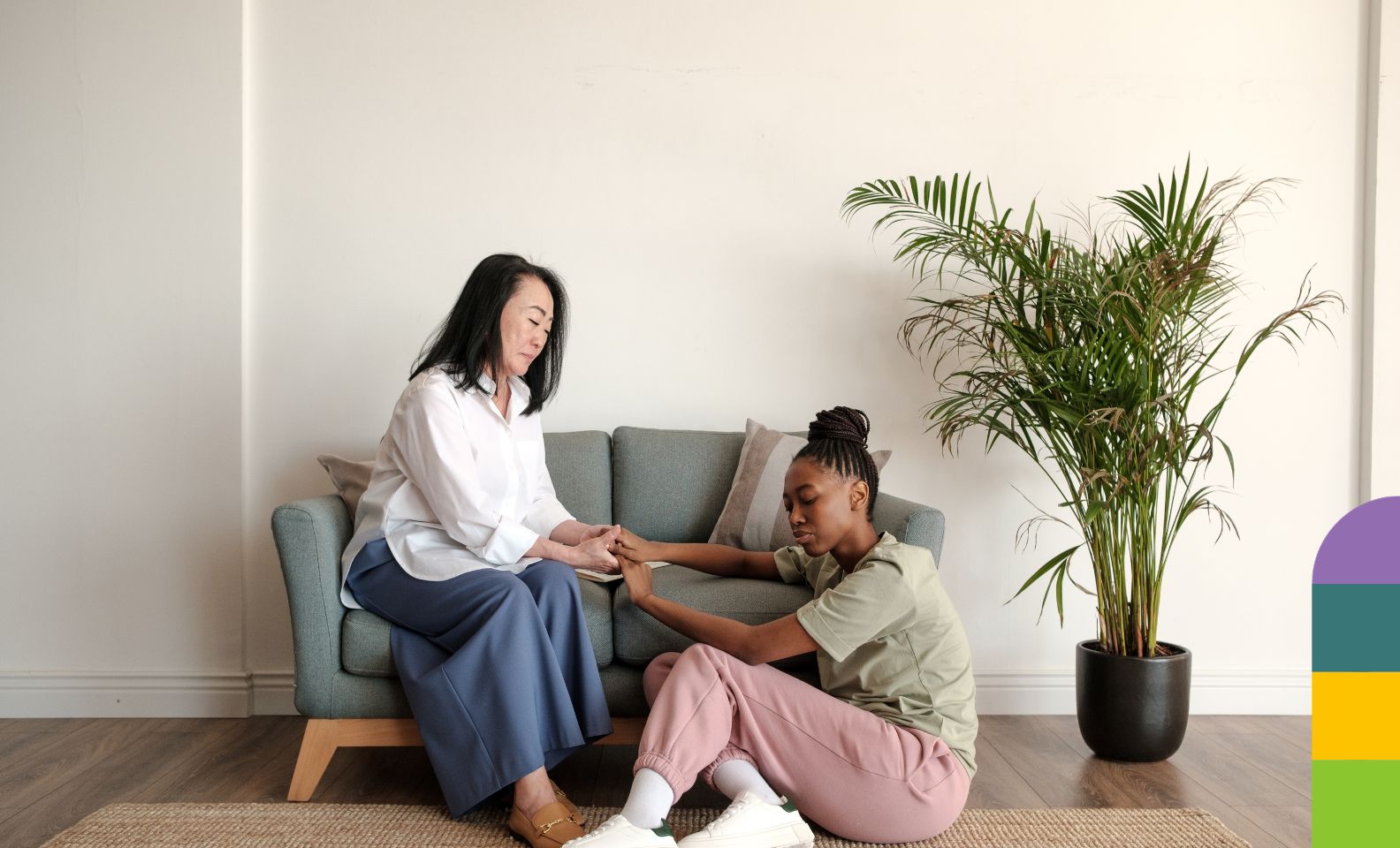Anxiety and physical activity
In a world where the pace of life can often feel overwhelming, it’s no wonder that anxiety has become a common companion for many of us. In Australia, 1 in every 6 of us, equivalent to 3.3 million people, are grappling with anxiety disorder–making it a widespread issue with far-reaching consequences. But what if there was a natural and accessible way to ease its unbearable grip on our lives?
The effect of physical exercise on anxiety can be life changing. Aerobic exercise such as cycling, swimming or a brisk walk; or mindfulness exercises such as yoga or pilates can significantly reduce anxiety by enhancing our serotonin levels, reducing stress, promoting good sleep patterns and increasing our self-esteem.
The symbiotic relationship between mental and physical health is no secret; what benefits the body also enriches the mind. Each of us will find a unique avenue for “recharging”, whether it be a leisurely stroll in nature or an invigorating session at the gym. It’s not just about staying active; it’s about finding the physical activity that resonates with you, igniting feelings of well-being.
Is physical activity good for anxiety?
Engaging in these activities not only offers a respite from the clutches of anxiety but also triggers the release of neurotransmitters like dopamine in the brain. Dopamine, often referred to as the “feel-good” neurotransmitter, plays a pivotal role in mood regulation and pleasure.
So, when you unearth the physical activity that genuinely makes you feel good, it’s not just your body that benefits–it’s your brain too. Your chosen form of exercise can be a powerful ally in managing and alleviating anxiety, contributing to a healthier and more balanced well-being.
How does physical activity affect anxiety?
Regular exercise can have a positive impact on your mental health as well as your physical health, including reducing symptoms of anxiety. Physical activity can help with anxiety in a number of ways, here are some of the benefits of exercise for anxiety:
Stress reduction – Exercise can help lower stress levels by reducing the production of stress hormones, such as cortisol. It can also stimulate the release of endorphins, these natural mood enhancers can help alleviate anxiety.
Mood improvement – Physical activity can enhance your mood by increasing the production of neurotransmitters like serotonin and norepinephrine, which are associated with improved mental well-being.
Sleep benefits – Regular exercise can promote better sleep quality, which is essential for reducing anxiety. Poor sleep can exacerbate your anxiety symptoms, and exercise can help you fall asleep faster and enjoy a deeper, more restful night’s sleep.
Distraction and focus – Engaging in physical activities can provide a healthy distraction from anxious thoughts and help you focus on the present moment. The mindfulness aspect of exercise can reduce remuneration and excessive worry.
Social interaction – Participating in group activities can provide opportunities for social interaction and support from peers, this can be particularly beneficial for those who live with social anxiety.
Confidence inducing – Achieving your fitness goals and improving our physical well-being can boost our self-esteem and confidence, which in turn can make it easier to cope with anxiety.
Reduced muscle tension – physical activity can help alleviate physical symptoms of anxiety, such as muscle tension and restlessness. Exercise can relax muscle tension and promote relaxation.
What is the best exercise for anxiety?
Our demographics and backgrounds may not determine our identity, just as our mental health challenges do not determine what exercise we should do. The truth is, the best type of exercise for anxiety will be the one that brings you the most joy.
Whether you thrive on competition, relish team dynamics, find solace in solitary workouts, or revel in a combination of these, the realm of physical activity offers a rich tapestry of choices, each with its own unique potential to enhance our well-being. Here are some options to consider:
Aerobic activities – Exercises such as brisk walking, jogging, swimming, cycling, and dancing can be effective in reducing anxiety. Aerobic exercises increase heart rate and breathing, which can lead to the release of endorphins and other mood-enhancing neurotransmitters.
Yoga – Yoga combines physical postures, breathing techniques, and meditation, making it an excellent choice for reducing anxiety. It promotes relaxation, mindfulness, and flexibility, and has been shown to reduce symptoms of anxiety and stress.
Strength training – Resistance or strength training exercises, using weights or resistance bands, can improve physical fitness and boost self-confidence. This can be particularly helpful for those who experience anxiety related to body image or self-esteem.
Team sports – When we play as part of a team we not only foster social connections, we can encourage each other, reach goals together, boost each other’s confidence, and learn to cope with high pressure situations in a relaxed and fun environment.
Remember that the “best” exercise for anxiety is the one that you enjoy and can incorporate into your routine consistently. Finding an activity that you look forward to and can maintain over time is key. You can always experiment with different forms of exercise to discover what works best for you. Also, consider combining different types of activities to keep your routine varied and engaging.
How can my Support Worker help with physical activity?
Maple support workers offer a wide range of support services and levels of support. We specialise in the support of Culturally and Linguistically Diverse (CALD) participants as well as those with high support needs. When you join the Maple community you have copious opportunities and avenues to find the physical activities that you love.
Maple Services takes great pride in its strategic partnerships with Athletics NSW and various local community sporting organisations, which have become a cornerstone of its commitment to fostering education and creating opportunities for the disabled community across Australia. Through these collaborations, Maple Services extends its reach beyond traditional community services, empowering individuals with disabilities through tailored physical activity programs and inclusive sports environments.
By offering a platform for education, engagement, and skill development, Maple Services’ partnerships epitomise its dedication to enhancing the lives of those it serves. This is just another reason why people choose Maple for their Community Services needs.




